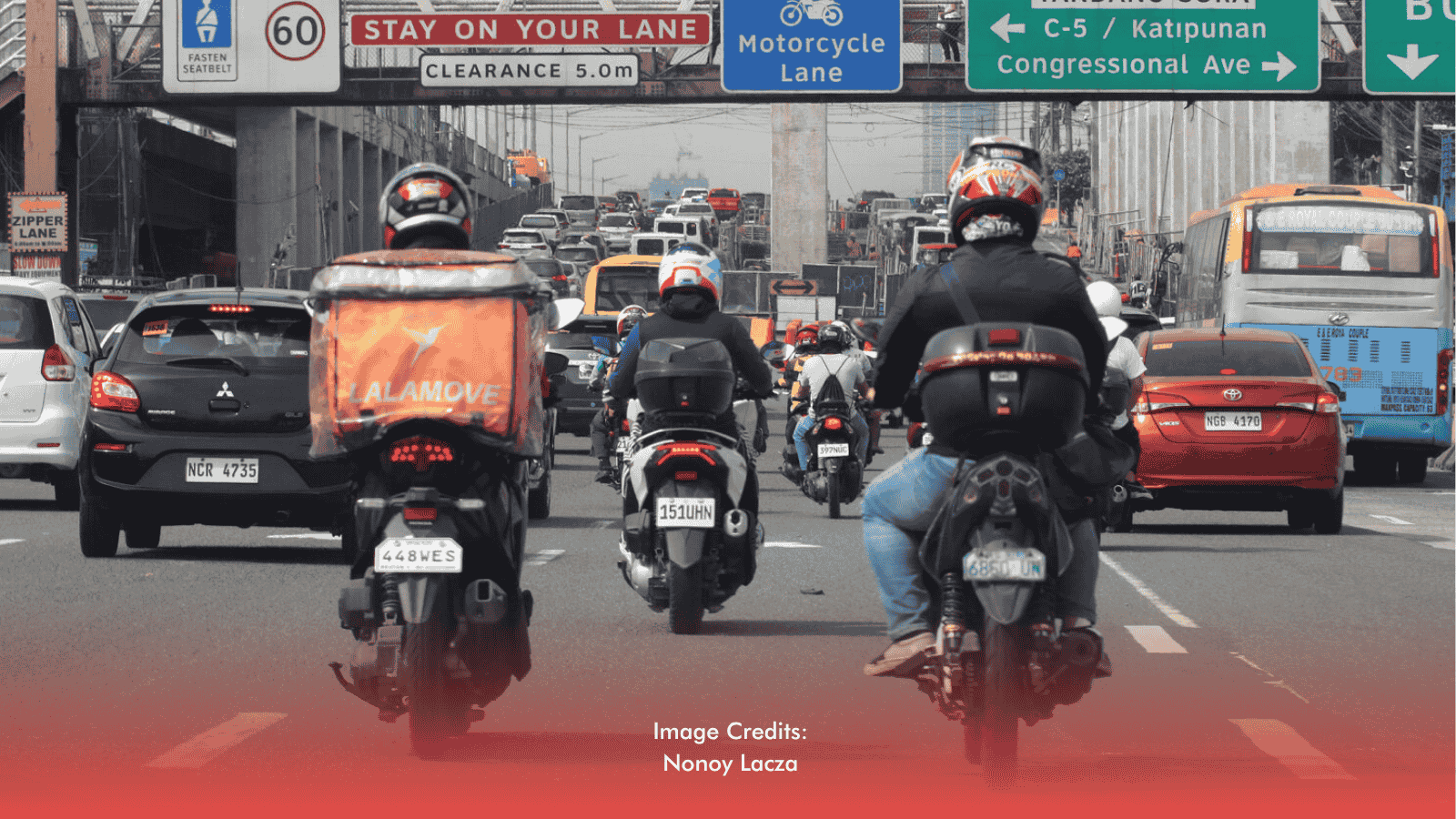According to the MMDA, 29,199 road crashes took place along EDSA, C5, Commonwealth, Quezone Avenue, Roxas Boulevard, Marcos Highway, and R10 in 2024, with EDSA and C5 alone accounting for nearly 60 percent of that total.
While public discourse tends to focus on traffic congestion, the more pressing issue is who ends up most vulnerable in these incidents. Motorcyclists and cyclists, often treated as afterthoughts in urban planning, are at the center of these highly preventable tragedies.
LOOK: [Filipino Climber Dies On Everest, Marking First Death Of The 2025 Season]
A Call To Safety
MMDA data confirms that a significant number of fatal crashes involve motorcycles. The agency has also noted that collisions between trucks and motorcycles, as well as cars and motorcycles, are among the deadliest types of crashes on Metro Manila roads.
Most Metro Manila roads offer little real protection for riders. Designated motorcycle lanes are often non-existent, encroached upon, or poorly maintained. On some roads, riders are forced into narrow gaps between cars and trucks, increasing the chances of getting sideswiped or clipped in a driver’s blind spot. On the Marikina–Infanta Highway, locally dubbed the "Devil's Curve," there were over 150 recorded accidents in 2024 alone. Many involved motorcycles attempting overtakes without protective barriers or space buffers.
Beyond infrastructure, human error plays a major role. The MMDA has flagged distracted driving, speeding, and poor decision-making as top contributors to fatal accidents. However, when motorcycles are involved, these errors are less forgiving. A sudden lane change or a moment’s inattention from a larger vehicle can result in a life lost.
There are quieter stories, too—ones that don't go viral but reflect the same risk. In Cebu, a woman died after her motorcycle crashed and she was run over by a truck. In Quezon City, a rider was flung over a concrete fence after hitting a road barrier at high speed. These may seem isolated, but together they paint a picture of how dangerous everyday riding has become.
Every Ride, A Gamble
On the other side of the spectrum, one recent case shows the compounding risks faced by cyclists. On June 25, 2025, a 36-year-old cyclist was riding in the bike lane along Shaw Boulevard in Pasig when he was forced to swerve to avoid a delivery van illegally parked in the lane. As he passed, the van’s rear door unexpectedly swung open. The cyclist lost control and was struck by an SUV from behind. He died on the spot. Both the van and SUV drivers now face complaints for reckless imprudence resulting in homicide.
A "freak accident," as some may dilute it to be. But what makes this case alarming is how it wasn’t a high-speed collision or a reckless overtake. It was a textbook case of systemic failure—poor enforcement of lane rules, disregard for bike infrastructure, and insufficient awareness of safe distances between vehicles. Each small oversight combined into a fatal result.
So, how do we make our roads safer for our motorists and cyclists?
More Than Just A Helmet
If we want to reduce these deaths, the solution starts with shifting how roads are planned, used, and policed. Motorcycle and bike lanes need to be protected, not treated as temporary parking or delivery zones. Lane encroachment must be penalized with consistency. Heavy vehicle drivers should receive stricter training on operating near smaller vehicles and managing blind spots. Riders, for their part, must be equipped with safety gear and given reliable infrastructure that supports defensive riding.
At the MMDA’s 2024 Road Safety Summit, Chairperson Don Artes reminded the public that “we must never forget that each loss is not just a number on a report.” That point cannot be overstated. Each fatality is a person—someone's child, partner, co-worker—lost not to chance, but to a preventable system failure.
Motorcycles are not fringe transport. They are essential for workers, couriers, students, and employees who cannot afford cars or live near train lines. Yet the road system continues to treat them as expendable. If this continues, so will the deaths.
Fixing this means enforcing existing rules, redesigning road networks with smaller vehicles in mind, and cultivating mutual accountability among all road users. Riders are not asking for special treatment. They’re asking to stay alive.
RELATED: [Public Reassured: MMDA Reviews All NCAP Violations Manually]








